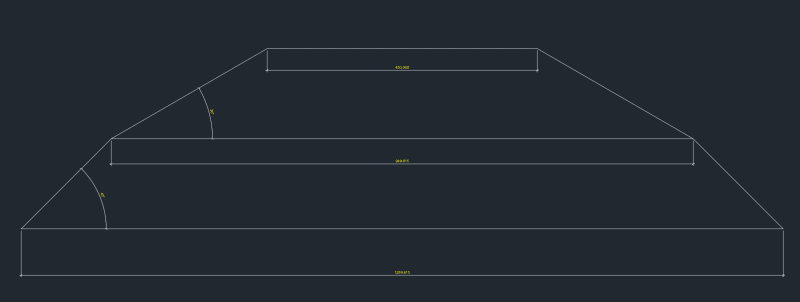sithlord382
Civil/Environmental
- Feb 13, 2016
- 37
Hi All,
I am working through worked examples on designing base plates (based on Eurocodes) for educational purposes. I have come across what seems to be a computer generated example in which case a 450mm x 450mm x 20dp base plate is subject to a factored point load of 207.68kN.
I am getting stuck on the Load Dispersion figures listed in the snippet below and how this has been derived. I understand that as it is analysing the sufficiency of the existing ground, the unfactored figure of 139.83kN needs to be considered and they have assumed that the allowable bearing capacity is 80kN/m2. However in this example how are they getting to the figure of 74.54kN/m2 for the ground bearing pressure?
I am under the impression (and maybe way off) that ground bearing pressure = Unfactored Force/ Area of footing, but this doesn't coincide with what the example has got for its ground bearing pressure.
Could anyone please assist in explaining this to a 'layman'.
Much Appreciated in advance.
I am working through worked examples on designing base plates (based on Eurocodes) for educational purposes. I have come across what seems to be a computer generated example in which case a 450mm x 450mm x 20dp base plate is subject to a factored point load of 207.68kN.
I am getting stuck on the Load Dispersion figures listed in the snippet below and how this has been derived. I understand that as it is analysing the sufficiency of the existing ground, the unfactored figure of 139.83kN needs to be considered and they have assumed that the allowable bearing capacity is 80kN/m2. However in this example how are they getting to the figure of 74.54kN/m2 for the ground bearing pressure?
I am under the impression (and maybe way off) that ground bearing pressure = Unfactored Force/ Area of footing, but this doesn't coincide with what the example has got for its ground bearing pressure.
Could anyone please assist in explaining this to a 'layman'.
Much Appreciated in advance.

